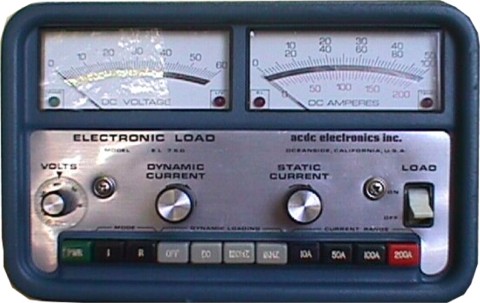

Incandescent lights may use either type of power, but fluorescent lights are optimized for AC. Still, while these higher DC voltages usually lead to riskier power deliveries and DC grids can be difficult to monitor, high AC voltages can be reduced to a safer level when they’re transmitted from a power station.Ī concept’s ability to stay relevant traces back to its usability in everyday life, and AC power once claimed its place in homes with the fact that modern lighting worked more efficiently with AC. Such projects could cause an unprecedentedly high usage of renewable energy. Engineering company Siemens has even installed a 65-mile high-voltage direct current (HVDC) line that stretches from the Pennsylvania/New Jersey power grid to Long Island. However, at China’s Three Gorges Dam, DC transmission lines transport power to people with fewer losses of energy than AC, displaying that household use of DC power is becoming more conventional. Requiring only a transformer to convert its voltage levels is perhaps the greatest advantage AC has over DC, as direct current may only create magnetic fields, preventing it from working with transformers at all.

Such ease in conversion allows for AC also to appear in electric generators, motors, and power distribution systems.

As a result, AC voltage needs to step up if transmitted over a large distance, but this does not affect the speed of the transition process. Simply put, AC voltage is capable of converting voltage levels with just a transformer, making it far easier to transport across great distance than DC, whose conversion requires more complex electronic circuitry.Įlectric charge in AC periodically changes direction, causing the voltage level to reverse. But why isn’t direct current (DC) voltage, commonly found in most digital electronics, used in these settings? Used to deliver power to your home, office, and any other building you can think of, alternating current (AC) voltage is relied on to provide power flawlessly on a daily basis.


 0 kommentar(er)
0 kommentar(er)
